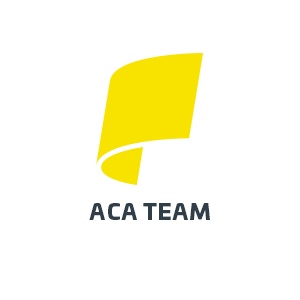One of the most confusing parts of the Affordable Care Act (ACA) is the Employer Mandate. The first step in deciding if the employer must comply with the Employer Mandate provisions is the determination of whether an employer is an Applicable Large Employer (ALE).
If an employer has an average of at least 50 full-time employees, including full-time equivalent (FTE) employees, during the prior full calendar year, the employer is considered an ALE for the current calendar year. If an employer does NOT have at least 50 full-time employees, including full-time equivalents, on average during the prior full calendar year, the employer is NOT an ALE for the current calendar year.
In making the ALE determination, related entities or control groups are counted together for the determination. To determine whether any affiliated companies need to be included in the calculation, look at the controlled group rules of the Internal Revenue Code Section 414. There are three different types of controlled groups, and, very generally, the controlled group rules use an 80% ownership test to determine whether common ownership exists. If common ownership is found to exist, then for purposes of the ACA and the determination of whether the employer is an applicable large employer, all controlled groups are considered to be part of a single employer (an “Aggregated ALE Group”).
Determining if You’re an Applicable Large Employer (ALE)
To determine its size for a year:
- An employer adds its total number of full-time employees for each month of the prior calendar year to the total number of full-time equivalent employees for each calendar month of the prior calendar year and divides that total number by 12. Specifically, for each month of the prior year, the employee counts all of its full-time employees (its employees working an average of 30 or more hours per week).
- Then, it determines its number of full-time equivalents by adding up the hours that are worked by these less-than-full-time employees for the month, but no more than 120 hours per employee, and then dividing that total number by 120. This is the full-time equivalent count for one month.
- Repeat the process for each of the 12 months in the previous calendar year.
- Once the full-time number and full-time equivalent number are determined for each month, add them together for the total month count.
- Then, the resulting totals for each month in the prior year are added together and then divided by 12 to get an average for the prior year. If the number is not a whole number, it is rounded down so 49.8 = 49.
- If the result is less than 50, the employer is not subject to the ACA rules for the current year and need not take any other action. Remember, all employers in a single control group are considered together so three small related employers with employee counts of 26, 10 and 15 will be considered an ALE.
When counting employees to determine ALE status, an employer does not have to count employees who have medical care through the military. The Surface Transportation and Veterans Health Care Choice Improvement Act of 2015 provides that an employee will not be counted toward the 50-employee threshold for a month in which the employee has medical care through the military, including Tricare or Veterans’ coverage. This is solely for the purpose of determining whether an employer is an ALE.
So, if the full-time plus full-time equivalent monthly count is 55 but 6 of the full-time employees are covered under Tricare or Veterans’ coverage for that month, then the employee count is 49 for that month.
Whether an employer is (i) a single ALE and not part of an Aggregated ALE Group or (ii) part of an Aggregated ALE Group, then each individual employer (an “ALE Member”) has its own reporting obligations on IRS Form 1094-C and Form 1095-C. On Part IV of Form 1094-C, an ALE Member must list all affiliated entities that are part of the Aggregated ALE Group.
If you need help with the Affordable Care Act, please give our ACA Team a call at (800) 446-6567 and join us for our free training webinar: Big ACA Changes in 2017 New President | Potential Scams | Current Regulations.










